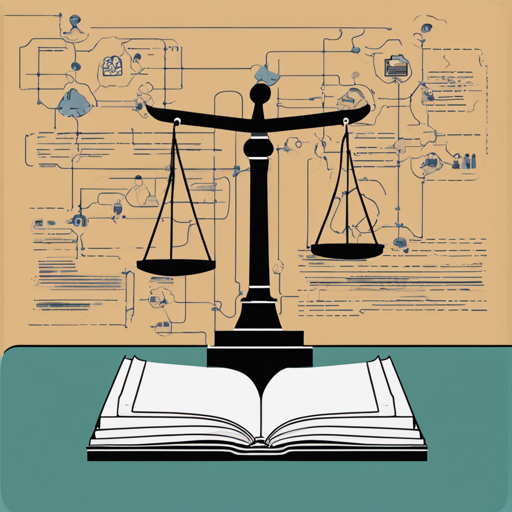Welcome to the world of language models! Today, we’ll explore how to utilize the powerful BERT large model fine-tuned for the Portuguese judicial domain, specifically known as bert-large-cased-pt-lenerbr. This guide will walk you through the setup, usage, and troubleshooting for this remarkable tool.
What is BERT and Why Use It?
BERT (Bidirectional Encoder Representations from Transformers) is like a very knowledgeable assistant who can understand and generate human language. Imagine you’ve got a friend who’s an expert in the legal field. Whenever you ask a legal question, they provide you with insightful answers. BERT does just that but in the digital realm, using vast amounts of text data to learn the nuances of language, especially in specialized domains like law.
How to Use the BERT Model for Inference in Production
To get started with using the bert-large-cased-pt-lenerbr language model, follow these steps:
- Install PyTorch: Follow the instructions at pytorch.org.
- Install Transformers: You’ll need to run the following command:
!pip install transformersfrom transformers import AutoTokenizer, AutoModelForMaskedLM
tokenizer = AutoTokenizer.from_pretrained("pierreguillou/bert-large-cased-pt-lenerbr")
model = AutoModelForMaskedLM.from_pretrained("pierreguillou/bert-large-cased-pt-lenerbr")Understanding the Training Procedure
The model has been trained with a dataset of 3227 examples over 5 epochs. Think of training as taking multiple classes over time to build your expertise. Each epoch is like a semester where you learn and refine your knowledge and skills. The model was fine-tuned to perform well with an effective loss reduction strategy, measuring its performance over time and adjusting accordingly.
Troubleshooting Common Issues
Even the brightest minds can face hurdles. Here are some tips if you encounter issues:
- Installation Errors: Ensure that your Python environment is properly set up and that the required libraries are correctly installed.
- Model Not Found: Verify that the model name is correct and that you are connected to the internet when loading the model.
- High Memory Usage: If you’re running this on a local machine, ensure that your system has sufficient RAM. Consider cloud solutions if needed.
For more insights, updates, or to collaborate on AI development projects, stay connected with fxis.ai.
Conclusion
Using the bert-large-cased-pt-lenerbr model opens up a world of possibilities in the legal domain. It’s not just about recognizing entities; it’s about comprehending the creamy layers of legal language and nuances. Remember, every interaction with your language model brings it one step closer to perfection!
At fxis.ai, we believe that such advancements are crucial for the future of AI, as they enable more comprehensive and effective solutions. Our team is continually exploring new methodologies to push the envelope in artificial intelligence, ensuring that our clients benefit from the latest technological innovations.

